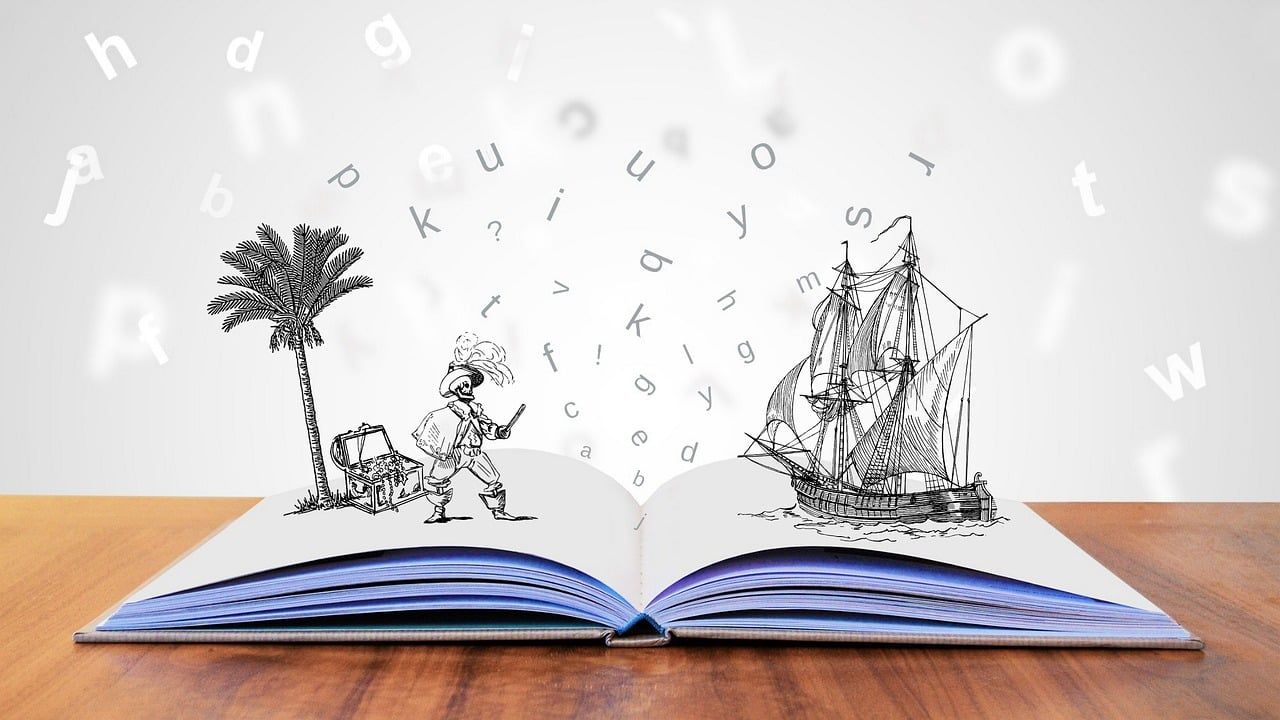Branded storylines: a conceptual breakdown

Storytelling is a natural human activity. Likewise, we are hardwired to both take in and share narratives. A company's brand is best communicated through a story that captures the essence of the company's products or services. To successfully market your product or service, you need a compelling brand story. Capiche? Here are some of the most effective examples of brand stories to study.
The concept of brand storytelling.
Emotions are stirred and brand values are disseminated through stories. Your brand's story is the sum of many parts, including those found in online and offline mediums such as text, images, and audio. It's the public's impression of your company and the name you've chosen to represent it.
For CEOs to rally the troops, salespeople to close the deal, and customer service reps to leave a good impression, we need stories.
The stories that represent a brand change over time to better reflect the needs of the product, the marketplace, the culture, and the consumers. The backstory of your brand needs to be credible and relevant to your product or service. Even though you may not be able to direct the story consumers tell about your brand, you can influence its development.
What is the one golden rule of brand storytelling? Remember that the customer is the real star of any marketing campaign, not your product. Your brand will connect with consumers more strongly if it provides a useful service that enhances their daily lives.
What defines a great brand story?
Learning the rules of good storytelling can help us craft more engaging tales. A great brand story, when executed properly, should accomplish the following.
- Show how the product or service can improve the consumer’s life. It doesn’t have to be a HUGE change, it just needs to be an improvement of some kind.
- Pack an emotional punch. Whether we like it or not, humans are driven by emotion. People buy things because of the emotional impact or advantage they offer.
- Connect with the audience. The story involves the people you are selling to.
- Tell the truth. The best brand stories make you believe that the story they are telling is truly the brand’s mission.
How to write a brand story
Storytelling can help change your business. So how do you write one?
- Think about what you can turn into a story. Is there something that you’ve observed your consumers doing? Is there something they have told you about using your product or services? If you’re not sure, a survey could help.
- Find a hero. A good brand story features a main character that your audience can relate to.
- Give your hero a goal or desire. Think about how your main character wants and how you can show that want.
- Add a source of conflict. What keeps your hero from getting what they want? What must they overcome to achieve their goal?
- Make it entertaining. How will your hero achieve his or her goal in an interesting way?
- Let your hero change. Think about how your main character or supporting characters develop over the story. This is an essential part of making your story compelling to your audience.
- Keep it simple. People can only remember three pieces of information at a time, so don’t pack your brand story full of unnecessary details.
- Continue to innovate and refine over and over again. A good narrative doesn’t happen overnight, in fact, it can take years to perfect.
1. Google, Parisian Love
Brand Story:
Google is a relatively young brand, which was founded in 1995 and was initially named Backrub. After a quick change of name, it skyrocketed past the competition and into the popular vernacular. Google is all about advertising, yet it rarely advertises its search capabilities on the screen. When it does, it turns off the sales pitch and focuses on human stories. Google commercials use minimal branding, and rarely include a call to action. What’s consistent with the brand is the message that it can change your life.
Parisian Love is a three-act story told using the product it advertises. We follow the story what we presume to be a young man Googling his French adventure starting at studying abroad, then falling in love, and finally starting a family. We don’t see the protagonist, we just watch their Google search history played to sound effects and a gentle piano track.
Their Secret:
Emotional impact
Why it works:
The 52-second Super Bowl slot allows the audience to directly see how the product can make an impact on someone’s life. It is a simple human story with an instant “ahh” factor that lead it to be shared quickly on social networks. There’s a hero, who has to overcome conflict (not being with his love interest) to live happily ever after (marriage and pregnancy).
Brand Story:
Whether you like or loathe Ikea, there’s no denying how significantly IKEA changed the landscape when they first opened stores in Europe in the 1940s. Dubbed the “brand of many” by the Observer ( source), IKEA is both experiential and quirky. You see that quirkiness and imagination everywhere from the delightful product names to the amusing products themselves. This extends into advertising, and this classic 2002 “Unboring” campaign by Crispin Porter + Bogusky directed by Spike Jonze takes that and runs with it.
Their Secret:
Emotional Impact
Why it works:
This narrative gives characterization to an inanimate object, in this case, a lamp. It’s a story that plays with our emotions — we follow a series of events happening to the lamp, and we think that it must be the hero. Naturally, we start to empathize with it.
The fun twist is a man walking into shot and calling us out for our lack of judgment. “Many of you feel bad for this lamp. This is because you’re crazy. This lamp has no feelings. And the new one is much better.”
It’s a delightful rug-pull that demonstrates both an excellent understanding of storytelling and how the brain works on story. Would it be different if it were made today? Absolutely — we’re seeing a shift from throwing things away to reusing them, and that’s where Lamp 2 steps in as a sequel.
2. Apple, 1984
Brand Story:
Steve Jobs famously said, “it’s better to be a pirate than to join the navy,” and that attitude permeated a lot of Apple’s most significant product launches. This iconic ad, created by the agency TBWA\Chiat\Day and directed by Ridley Scott put Apple on the map at the Super Bowl. Based on George Orwell’s dystopian novel, the ad cost $650,000 to make and featured a British discus thrower as the woman who stops crowds of men from mindlessly following the words of a dictator on the screen. But it almost didn’t air. In fact, test groups found it to be one of the least effective commercials made.
Their Secret:
Taking a risk
Why it works:
A company needs to tell a different story at different stages of their life, and this ad makes a powerful statement, in the middle of a very challenging political climate. It manages to both make a comment on American politics as well as its rivals IBM. It doesn’t just say ‘we’re different,’ it says, “we’re revolutionary.”
Steve Jobs and Steve Wozniak loved 1984 and decided to ignore the test groups and air it anyway. Their risk paid off, and today, it’s one of the most memorable Super Bowl spots. It wasn’t until 1997 that we had the slogan Think Different, but this advert firmly plants that attitude as a seed in the audience’s mind.

